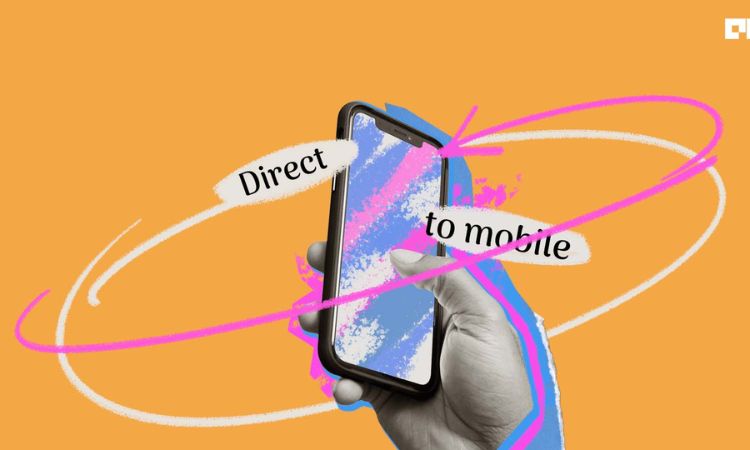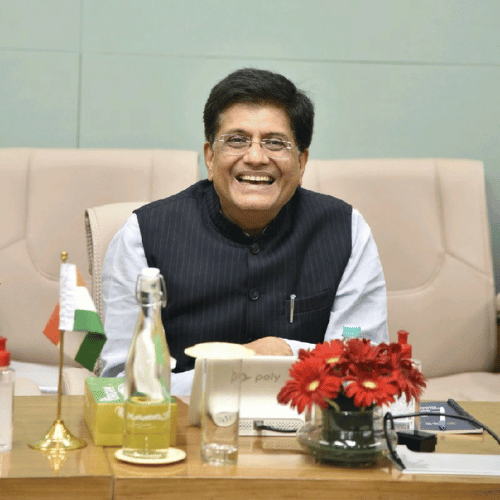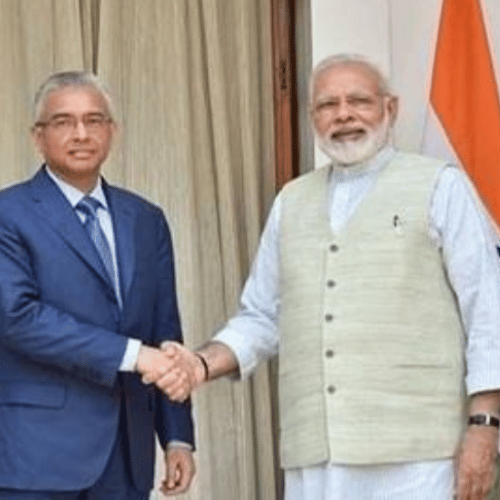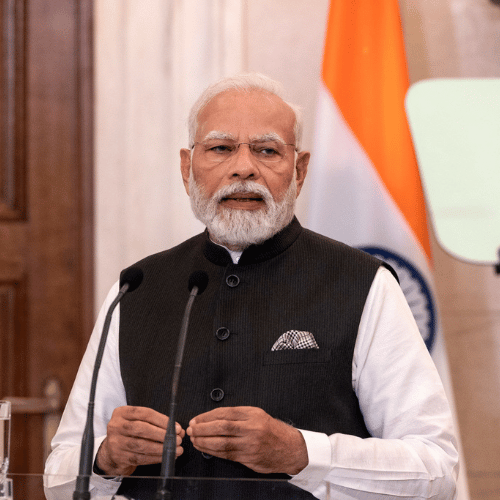The government is currently exploring the potential of Direct-to-Mobile (D2M) technology, which allows live TV channels to be accessed on mobile devices without the need for data. Discussions are underway with stakeholders, including telecom operators. However, there are concerns about how D2M could impact data revenue.
To address this, officials from the Department of Telecommunications (DoT), Ministry of Information and Broadcasting (MIB), IIT Kanpur, and industry representatives have come together to align with 5G’s launch. Two key focal points in India’s context are its vast smartphone user base and the versatility of D2M technology for education and emergency situations. IIT Kanpur’s NexGen Broadcast initiative aims to enable seamless content delivery through Content Delivery Networks (backed by a live PoC.).

The government is currently exploring the feasibility of a groundbreaking technology known as Direct-to-Mobile (D2M), which aims to enable live TV channels to be broadcasted on mobile phones without the need for a data connection. This innovative concept would allow mobile users to enjoy TV content on their devices, a concept akin to traditional cable or DTH television.
To bring this visionary idea to fruition, the government is engaging in discussions with various stakeholders, including telecom operators. However, there is speculation that telecom operators might oppose this proposal due to potential impacts on their data revenue, according to media sources.
A pivotal meeting is on the horizon, scheduled for the upcoming week. This gathering is expected to draw officials from the Department of Telecommunications (DoT), Ministry of Information and Broadcasting (MIB), and IIT Kanpur, alongside representatives from the telecom and broadcast industries. The government envisions a convergence of content delivery through both broadcast and broadband platforms, a vision that aligns well with the imminent launch of 5G technology.
With television currently accessible to approximately 210-220 million households in India, the nation boasts nearly 800 million smartphone users, a number projected to reach 1 billion by 2026 as per Deloitte’s 2022 Global TMT report focusing on Technology, Media, Entertainment, and Telecom. Notably, this report highlights that over 80% of internet traffic comprises video content, making mobile devices an optimal channel for disseminating broadcast TV content. The government intends to leverage the D2M technology for content delivery, prioritizing educational content and essential information such as emergency alerts.
The concept behind D2M, termed NexGen Broadcast, was expounded upon in a whitepaper published by IIT Kanpur last June. In collaboration with telecom startup Saankhya Labs, IIT Kanpur has been instrumental in advancing this technology, particularly in terms of hardware requirements.
NexGen Broadcast can be likened to an extension of content delivery networks (CDNs), seamlessly integrating into the OTT ecosystem and architecture. This innovative approach enables Direct-To-Mobile (DTM) providers to harness the capabilities of existing CDNs and edge computing, culminating in a seamless TV viewing experience on mobile devices.
As explained by IIT Kanpur in their whitepaper, the deployment of a Direct-To-Mobile network would empower broadcasters to utilize this network as a conduit for various applications beyond traditional TV and radio. These applications encompass educational content, emergency alert systems, disaster management updates, video-on-demand services, and even firmware upgrades over the air for automobiles.
The potential benefits of this technology are far-reaching. They include expanded viewership, heightened advertising revenue, personalized news and advertisements, and optimization for mobile networks. IIT Kanpur has undertaken a significant initiative by establishing a live Proof-of-Concept (PoC) across three sites in Bengaluru. This PoC involves the utilization of low-power Broadcast Radio Heads (BRHs) on cell towers to rigorously test and refine the technology.















